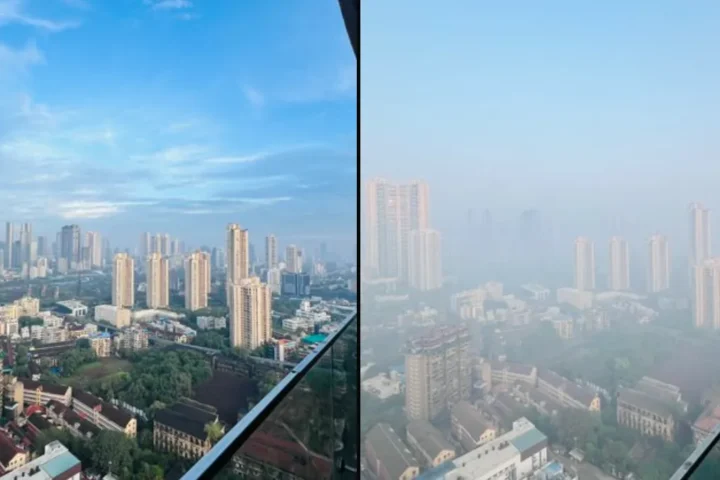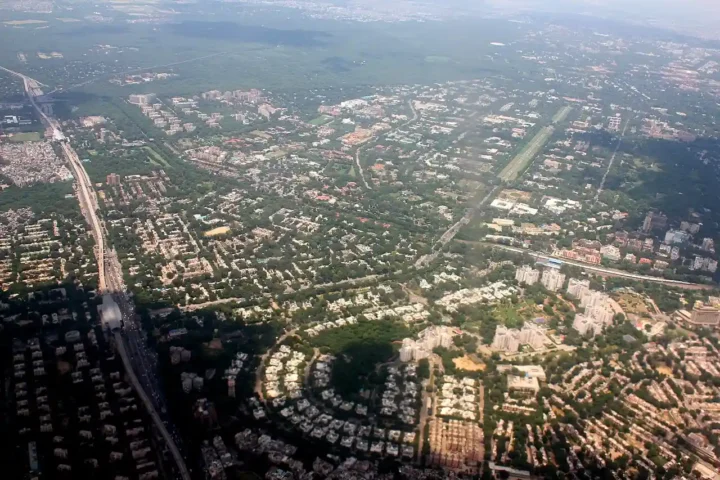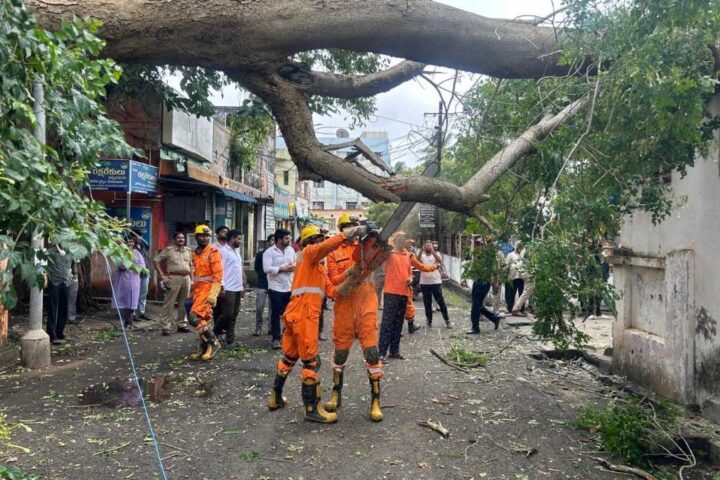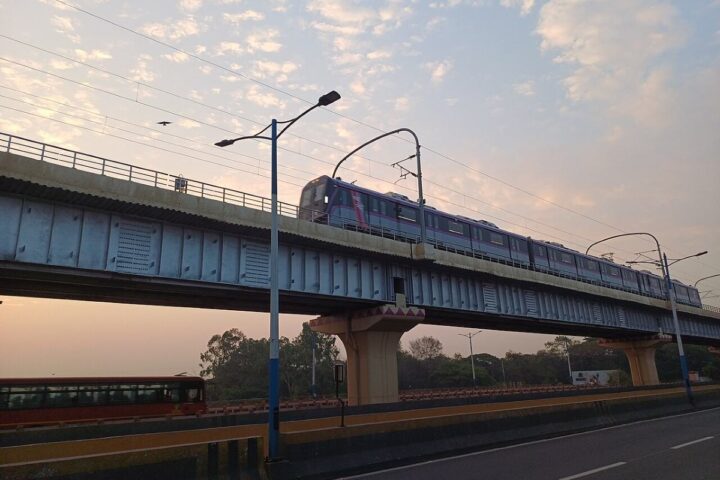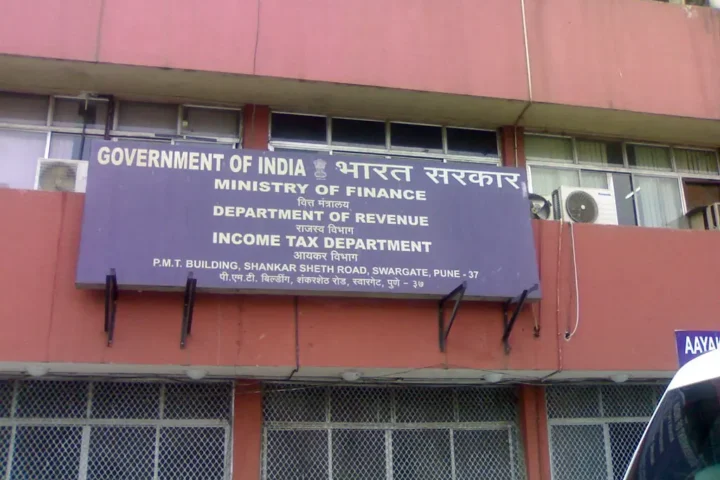In what many are calling the most significant shift in urban animal management in decades, the Supreme Court on Monday directed Delhi-NCR authorities to remove all stray dogs from streets within eight weeks. This ruling departs from the usual catch-sterilize-vaccinate-release practice under the Animal Birth Control Rules by directing that dogs captured in this drive not be released.
Having covered public health initiatives since the days when rabies claimed thousands more lives annually, I can attest this marks a watershed moment in how metropolitan India addresses the interface between human safety and animal welfare.
The bench of Justices J.B. Pardiwala and R. Mahadevan minced no words in describing Delhi’s situation as “extremely grim,” citing the alarming rise in rabies cases. Official records confirm 49 rabies cases have been reported in Delhi between January and July 2025, while Delhi recorded 35,198 animal bite incidents between January and June 2025, according to MCD data.
“First and foremost step needs to be taken…round up all stray dogs from all localities and shift them,” Justice Pardiwala stated during proceedings, emphasizing that “no sentiments of any nature should be involved” when public safety is at stake.
The five-point directive mandates creating shelters within eight weeks with capacity for around 5,000 dogs, equipped with sterilization facilities and CCTV surveillance to prevent unauthorized releases. Authorities must begin capturing strays immediately, with vulnerable neighborhoods prioritized, and establish a dedicated helpline within seven days that promises four-hour response time to bite reports.
This order departs sharply from the ABC Rules‘ usual directive to return sterilized dogs to their territory by instructing that dogs captured in this exercise should not be released. Under the new order, “not a single stray dog should be released” once captured, with daily detention records maintained by all civic bodies.
The Municipal Corporation of Delhi reports having sterilized 65,000 dogs over six months through 20 centers operated by NGOs, but this falls significantly short of the target needed for effective control. Experts recommend roughly 70% vaccination coverage of the dog population to interrupt rabies transmission, while some programs also cite 70-80% sterilization targets for population control.
Epidemiological data reveals a troubling trajectory: bite cases in Delhi have surged 277% in just two years, from 6,691 in 2022 to 25,210 in 2024, according to the Integrated Disease Surveillance Programme.
What’s particularly concerning from a zoonotic disease control standpoint is the gap between awareness and effective intervention. Though many bite victims receive at least one vaccine dose, the Indian Council of Medical Research found critical shortfalls in complete post-exposure prophylaxis and rabies immunoglobulin access. Studies estimate India still loses approximately 5,700 lives annually to this entirely preventable disease.
The court’s intervention comes after the death of six-year-old Chavi Sharma from rabies in Delhi’s Pooth Kalan area. Bitten on June 30, she died in late July (reports say July 25-26) despite treatment—a tragedy that underscores the high stakes of this public health challenge.
Solicitor General Tushar Mehta, supporting the court’s position, noted that rabies has no cure once symptoms appear, leaving many parents helpless as medical intervention fails. The court rejected objections and warned that obstruction by individuals or groups would attract action, emphasizing public interest must prevail.
Implementation presents substantial logistical hurdles. Authorities must rapidly establish containment infrastructure, ensure proper immunization protocols, and maintain transparent reporting systems—all while facing potential resistance from animal welfare advocates who have historically opposed mass removal.
The National Action Plan for Dog-Mediated Rabies Elimination, which aims to eliminate rabies by 2030, will need to adapt to this significant policy shift. Current vaccination and sterilization programs have reached only limited portions of the stray population, with estimates suggesting coverage of only 20-40% in many areas.
What’s particularly striking, having observed similar public health initiatives since the 1970s, is how this ruling reflects the pendulum swing between competing priorities. We’ve seen this pattern before—from the aggressive vector control campaigns of earlier decades to the animal welfare-centric approach of recent years, and now back to prioritizing human safety.
The Supreme Court has scheduled further hearings on the matter, requiring authorities to provide comprehensive status reports. Any obstruction to the removal operation will be treated as contempt of court, with “stern action” promised against non-compliance.
For Delhi-NCR residents who have long navigated the daily reality of sharing their neighborhoods with free-ranging canines, this ruling promises a fundamental change to urban life. Whether authorities can meet these ambitious deadlines remains to be seen, but the court’s message is unmistakable: public safety demands urgent, decisive action without compromise.





